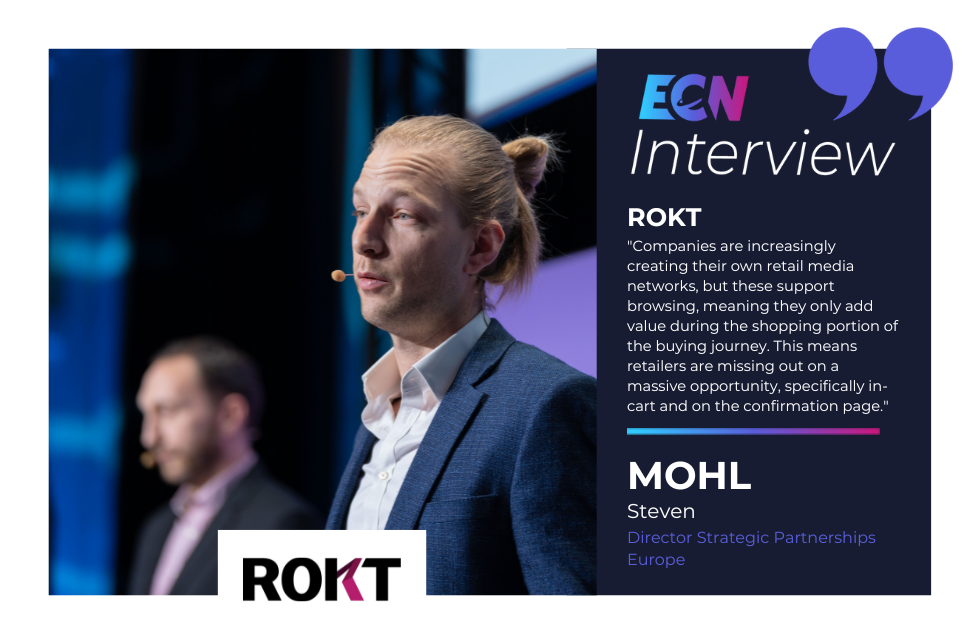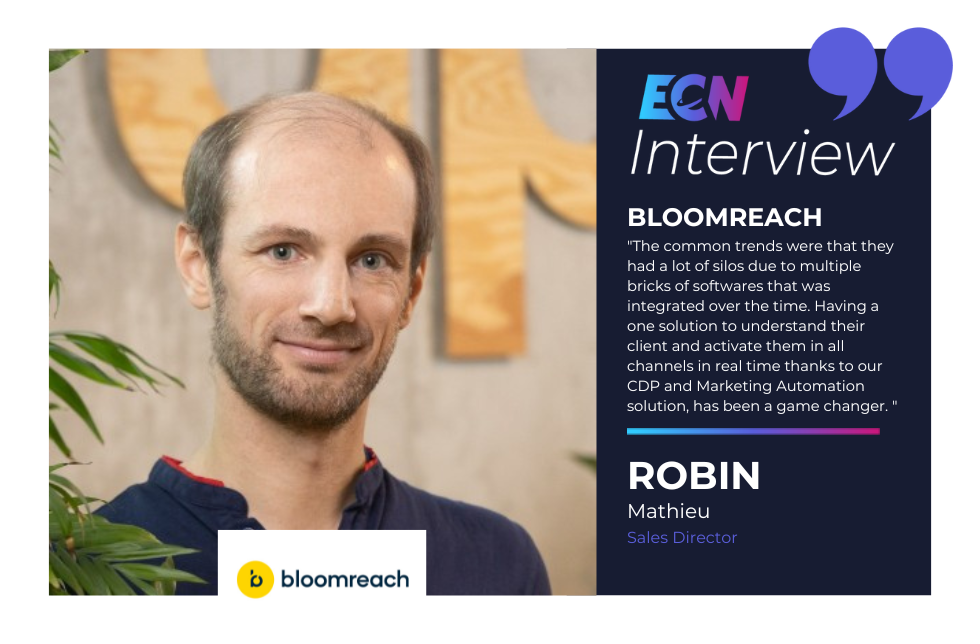On February 23rd, 2023, E-commerce Berlin Expo is taking place. This event gave us the opportunity to meet and exchange with E-commerce solutions from all over the world.
In this context, I had the opportunity to exchange with Filippo Conforti (CEO & Co-founder) & Seth Bindernagel (VP Marketing), Commerce Layer. We were able to discuss various topics, such as the advantages of headless commerce solutions:
Can you introduce yourself and your background?
Commerce Layer has a number of team members attending the Ecommerce Berlin Expo:
- Filippo Conforti — Co-founder and CEO, Commerce Layer
Filippo is the co-founder and CEO of Commerce Layer, an ecommerce platform that brings a paradigm shift to ecommerce on a global scale. Filippo founded Commerce Layer with Massimo Scardelatto, two developers who met while working for Gucci. While there, Filippo was tasked with “replatforming” the website to create a more modern, digitally-native shopping experience. The tools available to meet the business requirements were so insufficient that Filippo and Massimo decided to launch Commerce Layer as a modern API-first approach to creating ecommerce experiences. Filippo’s vision is to make anything shoppable, anywhere, which means creating a platform that allows any developer or brand to make any experience a shoppable moment for their customers. Filippo received his Masters degree in Computer Science from the Università degli Studi di Firenze in Florence, which is where he grew up. He currently lives in Prato, IT outside of Florence with his wife and two kids.
- Seth Bindernagel — VP Marketing, Commerce Layer
I am in charge of all aspects related to the marketing and branding of Commerce Layer. Our goal as a marketing team is to position ourselves to stand out amid a pretty fiercely competitive field of other ecommerce platforms. I have worked in technology for the past ~20 years, serving as a full-stack marketer for some of the biggest brands like Twitter, Mozilla, Sequoia Capital, and Strava. My experiences have exposed me to brand, growth, and product marketing initiatives.
Can you introduce Commerce Layer and its activity?
At Commerce Layer, we believe headless commerce doesn’t have to be hard. We are an API-first commerce engine that lowers the barrier of entry to headless by doing two things: making it possible for developers to build anything they need with our completely flexible data models, and making it easy for them to implement it with our library of dev tools.
We are different because we believe that content and commerce data should be separate, brands should be free to build sophisticated and intricate experiences and their technology partners should stay out of their way as much as possible. That means we focus on building the very best ecommerce engine in the market. As such
- We are incredibly flexible, allowing brands to build for any case that comes their way
- We reduce the time to market by X% consistently, especially with our micro frontend approach
- We maintain incredibly fast APIs, arguably best in the class
- We are simple to understand, without strong opinions in the APIs data model. This makes it very simple for developers to get going.
Brands can start fast with our production-ready micro frontends and then scale globally with our full suite of APIs, webhooks, and dev tools. We enable companies to sell through any digital channel (web, app, voice, IoT, etc.) and expand into multiple markets with ease. Our core features deliver lasting flexibility, enabling customers to support any business type, set up any local payment gateway, manage market-specific promotions, support complex shipping and inventory strategies, and sell in local currency without any currency conversion. By focusing on the transactional layer, Commerce Layer empowers developers to build more scalable websites and marketing departments to create beautiful shopping experiences.
Can you give us the advantages of headless solutions?
Headless delivers a number of key advantages that include the following:
- Freedom to create and customize
- With APIs, developers can unlock complete freedom for the frontend to build the experience their brand requires
- Headless services can be orchestrated together to deliver any user experience
- Changes and enhancements can be planned and implemented without tech debt, making headless a much more resilient and scalable approach
- Flexibility and extensibility
- API-native services are more flexible by nature, allowing teams to solve for unknown use cases they face in the future
- Headless services are also more extensible, enabling developers to build specific features that they require
- Total cost of ownership decreases as organizations are able to optimize spend
- Independent services are often priced for ideal/optimal customer usage levels, not one size fits all
- Lower costs of ongoing maintenance add to reduced overall cost
- Distinct features can be isolated into various microservices, enabling truly agile development
- This enables teams to work faster without having to rely on or wait for other teams to keep pace
- Monoliths are less agile. This may can cause teams to slow down since all teams have to move in unison with the monolith as development progresses
What is your usual customer typology?
Commerce Layer’s customers are typically tech-forward brands that understand the complexities of ecommerce and are seeking more advanced solutions to solve their needs. They are often migrating away from typical monolithic solutions and understand all the benefits that headless/composable commerce offers. They often sell in multiple markets, have a broad set of SKUs and prices, have multiple business strategies (B2B, B2C, B2B2C, etc.), and have a complex inventory strategy. They are growing brands with turnover ranging between $10M and $1BN GMV per year.
What are the issues you deal with most often?
- Selling across multiple markets
- Scaling globally
- Unique business model that requires highly flexible and powerful platform
- B2B or B2C business models that have something unique with how they sell their products (e.g. digital goods to other businesses, physical goods to end consumers, etc.)
- Multi-channel storefronts
- Selling in more places than just a website, including things like apps or other digital experiences
- Immersive and sophisticated content requirements
- Brands going headless because they want to build something outside of paint-by-number store templates provided by legacy platforms
What advice can you give to merchants developing their E-commerce website?
- Choose services that provide the most flexibility for your business.
- Look for partners who have unopinionated data models.
- Don’t just judge a product based on what it can do, but how easy it makes it for your team to do it
We are speaking at the E-commerce Berlin Expo. Is it your first participation? What do you expect from this edition?
This is our first participation. We expect the crowd to be highly engaged with our presentation because it was the most voted for presentation in the field. We know that composable commerce is very much a topic on everyone’s mind, and our presentation will be a case study into how one of our partners (SumUp) scaled their platform globally using Commerce Layer.





